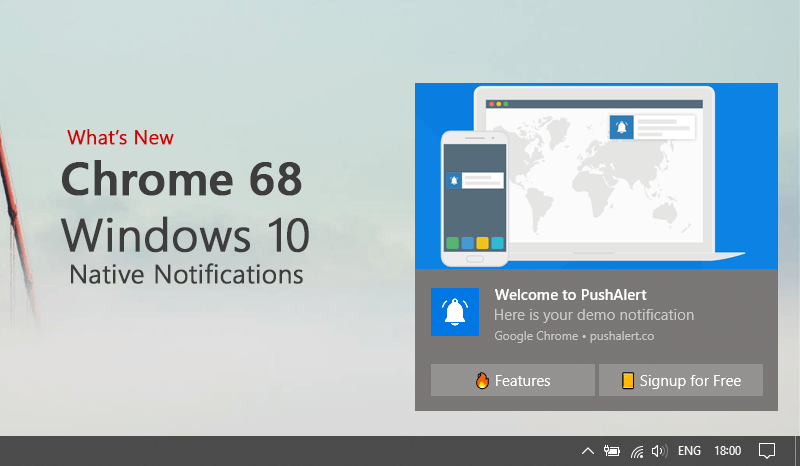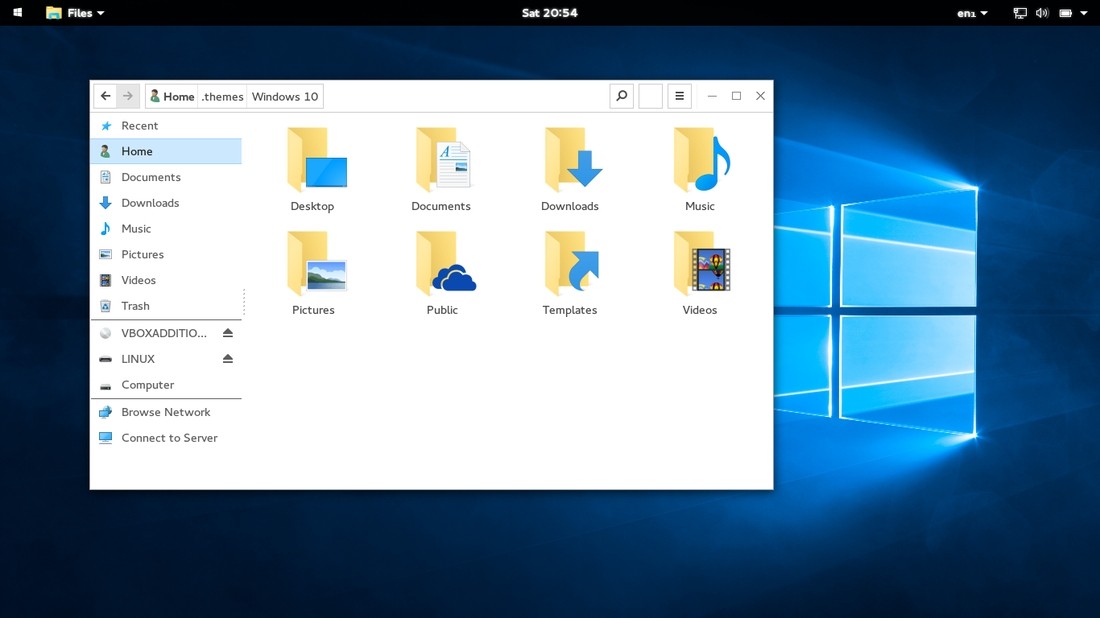Google has added a new feature to Google Chrome Canary that makes it easier for users to test new hidden features under development.
When Google creates a new browser feature, it is first tested in Google Chrome Canary and Google Chrome Beta. In many cases, these new features must first be enabled using an 'experiments' configuration flag before they are accessible.
Google Now cards debuted in Chrome's beta channel in early February, when the feature hit Windows, OS X and Chrome OS, the browser-based operating system that runs Chromebook laptops and desktop. Issa Rae is bringing her voice to Google Assistant. You can hear Issa Rae answer your questions, tell you about the weather, offer words of inspiration and more, while the regular Google Assistant voice handles the rest.
- Google Chrome Description. Google Chrome is the lightweight, fast, secure, free web browser from Google with a whole host of features such as the incognito browsing feature so tha.
- Open Windows Defender Security Center. Click App & browser control. Choose 'Off' for the following: - Check apps and files - SmartScreen for Microsoft Edge. Try downloading Chrome again then install it.
- Steps on how to get the Google Now feature on Windows or Mac with the latest Google Chrome installed on your PC.
To access these experiment flags, users can go to chrome://flags in the address bar, which will open an 'Experiments' page with all the hidden Chrome features that can be enabled.
.
However, the 'Experiments' page contains many options that are not for user-facing features but instead internal tests conducted by the Chrome development team.
Due to this, it can get confusing to find new user-facing features that Google is actively developing.
Chrome Labs makes it easier to find new features
To make it easier for Google Chrome users to find new features that Google wants them to test and provide feedback on, Google has introduced this week a feature called 'Chrome Labs.'

When enabled, Chrome Labs will display a small beaker () on the toolbar, that when clicked, will display a menu of current experiments, or features, that are being actively developed.
The hidden features currently promoted by Chrome Labs are 'Reading List', 'Tab Scrolling', and 'Tab Search.'
Users can enable these features by clicking on the 'Default' button and changing it to 'Enabled.' Once you do so, Chrome will prompt you to restart the browser to enable the feature.

When enabled, Chrome Labs will display a small beaker () on the toolbar, that when clicked, will display a menu of current experiments, or features, that are being actively developed.
The hidden features currently promoted by Chrome Labs are 'Reading List', 'Tab Scrolling', and 'Tab Search.'
Users can enable these features by clicking on the 'Default' button and changing it to 'Enabled.' Once you do so, Chrome will prompt you to restart the browser to enable the feature.
Google Chrome's Head of Design Alex Ainslie announced the new Chrome Labs feature on Twitter this week and said it is available in Google Canary and coming soon to Chrome Dev and Beta.
We hope to gather more feedback about @googlechrome updates as they're in development. If you're using Canary today (and soon Dev and Beta) you'll notice a little beaker on the toolbar that makes it easier to try out new stuff and share suggestions about how it should evolve. pic.twitter.com/doPLzJbnRW
— Alex Ainslie (@alexainslie) March 5, 2021In our tests, the feature has not gone live in Google Chrome Canary as of yet, so it may still be rolling out to users.
Google Now For Chrome Windows Xp
For those who want to try it immediately, you can enable the 'Chrome Labs' feature now in Chrome Canary and Chrome Beta by entering chrome://flags#chrome-labs in the address bar and pressing enter.
When Chrome Labs appears, change it to Enabled and restart the browser for the feature to become active.
Related Articles:
Google Now, the search giant's powerful automated digital assistant services will now be available for Windows PCs and Macs via the Chrome internet browser. Google's Chrome team announced the update in a blog post and a tweet that was posted Monday morning.
The new update will display informative cards that appear on Android phones on the user's desktop appear as shown in the picture, offering information on weather, sports and others depending on the user's browsing and search habits.
Starting today, Google Now cards will be available to signed-in Chrome users on desktop or laptop computers.
By signing into Chrome, the Google Now feature is accessible only with the same account that one uses on their Now account on Android or iOS. The feature can be accessed through the Windows, Mac and Chrome OS versions of the browser. The new update will display informative cards that appear on Android phones on the user's desktop browser. These cards offer information about weather, sports scores and many other updates depending on the users browsing and search habits. It will also display information related to the users commuting time to home or office, provided the addresses have been saved. Users find themselves receiving useful information before they need it. The more information a user actively shares, the more personalized the experience becomes.
Notifications will appear on the lower right (in Windows) under a bell icon quite similar to the larger bell icon used in the top right of Google-based screens to indicate Google+ notifications. Users can mute notifications and access settings which allow them to select which apps/services can publish notifications.
Interestingly, the desktop and smartphone platforms work in tandem with each other. When a user is searching for some information on the desktop, it reportedly also pops up a card on the smartphone too. Cross-platform features allow users to move smoothly from their smartphones to their computers. The same applies to using a smartphone and receiving desktop notifications. Browsers who use multiple devices will need to manage the location settings for each of their devices separately. Some cards could be based on the location of the mobile device, so users should check their location settings, which can be edited at any time.
Google Now For Chrome Windows Browser
In case the user does not need any particular information, they can just dismiss the card, which helps Google understand what the user finds relevant and when. As of now the service will be available only in English, but Google plans to add other languages soon.
Google Now For Chrome Windows 7
Those users who do not want to use Google Now on desktop, but remain signed-in, can turn it off by opening the notifications centre clicking the bell icon, on the lower right corner of the computer screen for Windows and the upper right corner for Mac PCs and deselecting Google Now within the settings.

